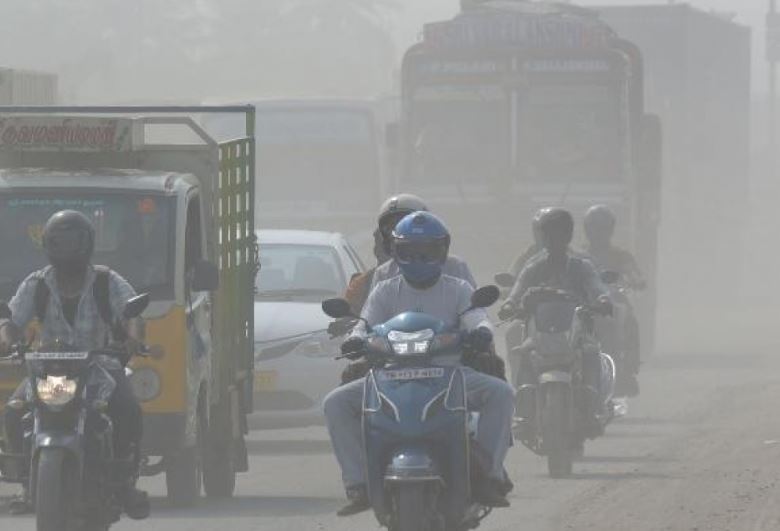New Delhi: Ghaziabad’s Air Quality Index (AQI), which has been reeling under ‘severe’ category since Diwali, continued to remain at the same level, i.e., at 488 Friday as well, data from Uttar Pradesh Power Corporation Ltd (UPPCL) showed.
Ghaziabad recently topped the list of the most polluted cities in India. However, this has not happened for the first time. In 2020 and 2019 too, the city stood at a similar position, not just nationwide, but on a global scale.
But what is the reason behind it and what are the simplest of the measures that could be taken to ensure an improved air quality?
“Cities like Delhi, Noida and Ghaziabad are most polluted because they are located in the Indo-Gangetic plain and as the winter season approaches, emissions from various activities such as biomass burning etc. gets trapped as the inversion layer comes down and the wind becomes very calm.
“Moreover, the impact of fire counts further deteriorates the overall air quality of this particular region, as it falls in the way of the winds that transport stubble emissions,” said Gufran Beig, Founder and Project Director of the System of Air Quality and Weather Forecasting and Research (SAFAR).
“The additional contribution of pollution from local sources like transport, bio-fuel and industries further worsens the already stagnant atmosphere,” Beig added.
In March this year, the World Health Organization (WHO) had released a report on the world’s most polluted cities, wherein 22 of the world’s 30 most polluted cities were reported to be in India with Ghaziabad as the second most polluted city in the world behind Hotan in China.
In 2017, the city reeled under the ‘severe’ category for eight consecutive days from November 9 to 16. Since then, it has become one of the worst affected cities by air pollution in India at this time of the year.
According to Central Pollution Control Board (CPCB) data, the monitoring stations in Ghaziabad are running high on PM2.5 — a primary pollutant.
At 3 p.m. on Friday, the AQICN of World Quality Index project, a non-profit body, recorded an AQI of 259 at Sanjay, and 330 at Vasundhara.
Meanwhile, the air quality in Noida, which had shown some improvement on Thursday after reeling under the ‘severe’ category since Diwali, again turned ‘severe’ on Friday morning.
Not only that. Ever since the Graded Response Action Plan (GRAP) measures came into effect on October 16, Ghaziabad has been the most polluted city in the country on seven days — October 16, 29, November 1, 2, 6, 10 and 11.
Pollution from over 27,000 factories from the industrial area of Shahibabad and work on the 82.15 km long Regional Rapid Transit System (RRTS) on the median of the Delhi-Meerut road that results in vehicular congestion in the area are two major contributors of PM2.5 in the air.
Anumita Roychowdhury, Executive Director (research and advocacy) at the Centre for Science and Environment (CSE), said, “To understand what is contributing to the pollution belt even more accurately, local pollution inventory and source apportionment needs to be done along with the enforcement of multi-sector action plan to target all the key sources of pollution in these areas.
“Not to forget that Ghaziabad is a big industrial town due to which there is high movement of truck traffic that contributes to the pollutants in the air. So it is a combination of the industry, heavy duty truck traffic and open burning of waste, particularly industrial waste, along with the whole vehicular pollution and local burning.”
“It is absolutely necessary that Ghaziabad and Noida develop their city action plan. More importantly, they require very stringent implementation of measures to control pollution,” she adds.
IANS
